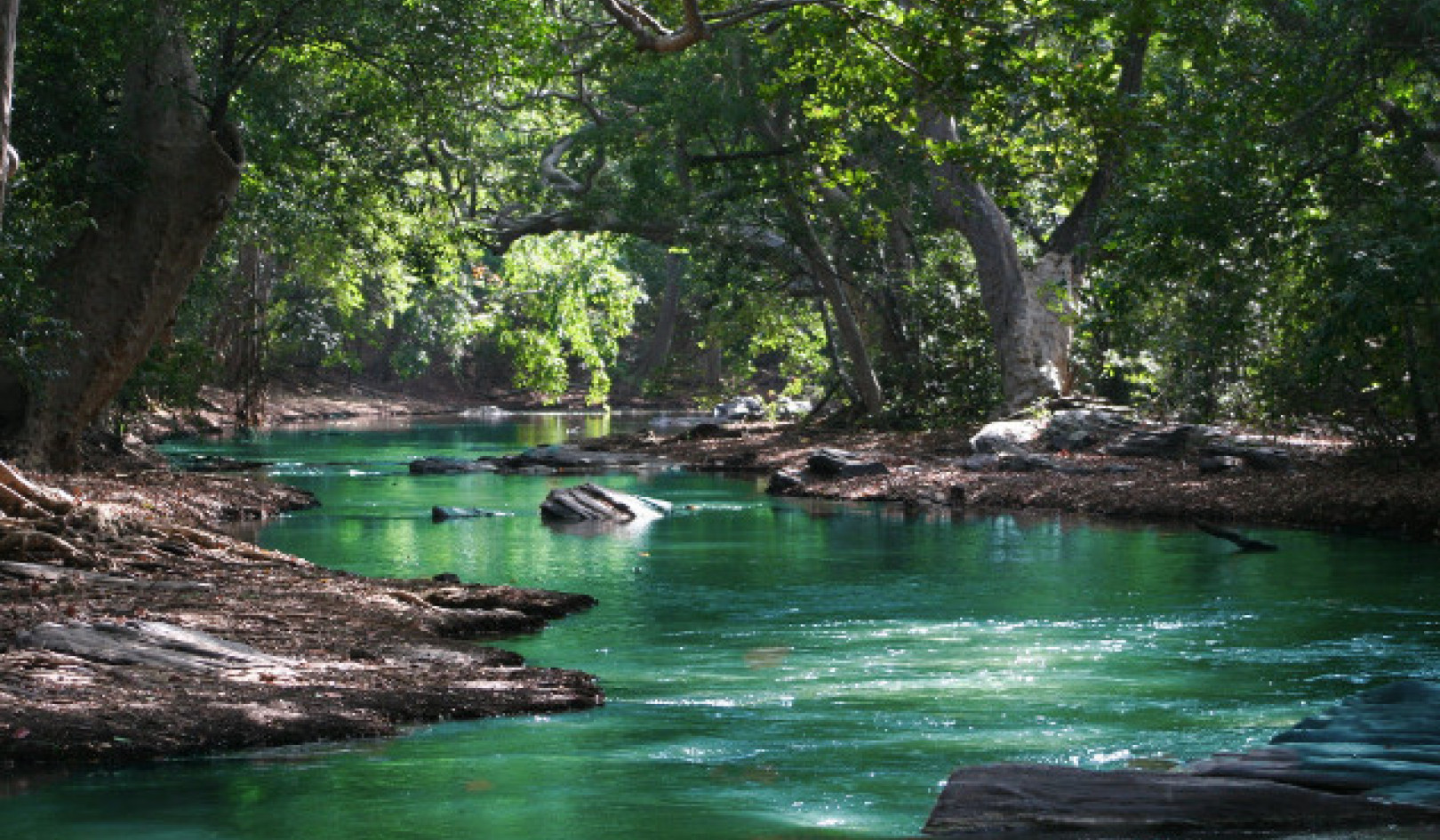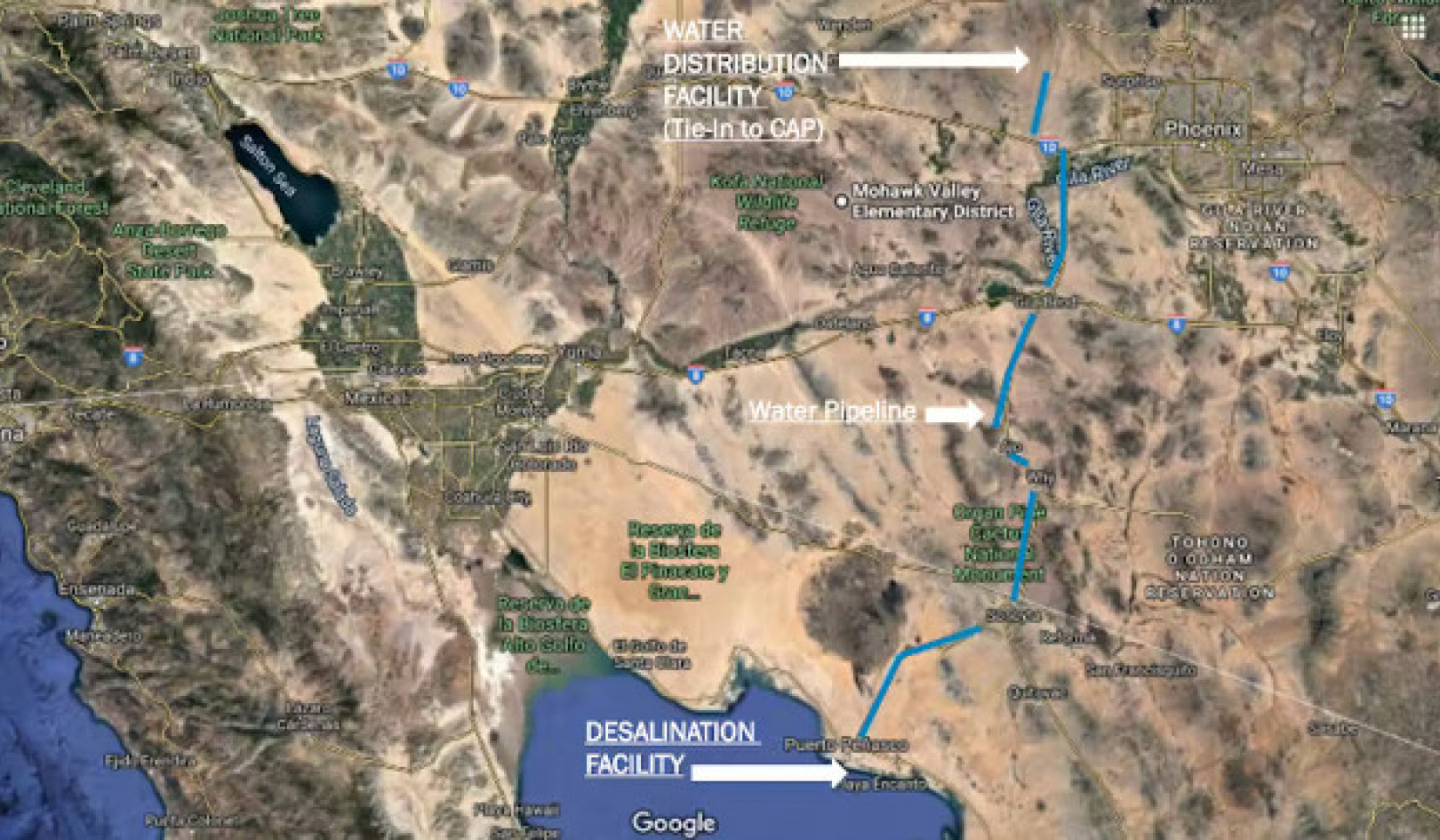The End of Ice: Climate science roundup—Interview w/Paul Beckwith—Radio Ecoshock 2019-02-14
Thanks for visiting InnerSelf.com, where there are 20,000+ life-altering articles promoting "New Attitudes and New Possibilities." All articles are translated into 30+ languages. Subscribe to InnerSelf Magazine, published weekly, and Marie T Russell's Daily Inspiration. InnerSelf Magazine has been published since 1985.

Show by Radio Ecoshock, reposted under CC License. Episode details at https://www.ecoshock.org/2019/02/the-end-of-ice.html
Stop Fossil Fuels researches and disseminates effective strategies and tactics to halt fossil fuel combustion as fast as possible. Learn more at https://stopfossilfuels.org
TRANSCRIPT EXCERPT
WE ARE WITNESSING THE END OF THE AGE OF ICE ON EARTH
Sea level rise is going to be wicked this century, and for centuries after that. We will redraw the maps, withdraw from our ports, lose the weather we need for agriculture, and maybe regroup into tribes that will survive. New revelations from climate science are coming in so fast, no single scientist or radio host can keep track of it all. It is like standing in front of a fire-hose.
We are going to surf some of the highlights with our favorite climate generalist, Paul Beckwith. Paul has a Masters degrees and an engineering degree. He taught climate science at two Canadian Universities. Now he is without a doubt, the world’s biggest climate teacher on YouTube, with over 500 videos full of charts, satellite images, and explanations of the bizarre unfolding of climate change. We are going to cover the whole wild world, from the South Pole through Australia to Europe, North America, all the way to the North Pole.
THE POLAR VORTEX AND THE WINTER OF CLIMATE CHANGE
When we think of global warming, we imagine hot days, way too hot days and fires. But Paul and I discuss what I call “The Winter of Climate Change”. A while back we had pro meteorologist Judah Cohen on the air. He said the term “polar vortex” really only applies to events in the Stratosphere, but now it has been stolen and popularized by TV weather forecasters. What we are really describing is a blast of super-cold Arctic air escaping lower down to the mid-latitudes, partly due to a weak and wavering Jet Stream.
In Paul’s YouTube videos, he often talks about whip-saw events where temperatures can shift as much as 70F (21C) within 24 hours. This is very hard on human infrastructure, but it’s really toxic to plants. I worry we’ll see tree die-off, and lost perennials from those sub-zero chills followed by spring-like warmth the next day.
A week ago photos in the Tasmanian highlands of Australia showed giant forest fires on the horizon, during record hot heat. Fast forward to Tuesday 12th, and you would see an unusual summer snow storm at the same spot! Whipsaw.
ICE SHEET LOSS
There is new science out, saying “Melting ice sheets may cause ‘climate chaos’ according to new modeling” and “Current international climate policies do not take into account full effects on global climate”.
Professor Natalya Gomez, from the Department of Earth and Planetary Sciences at McGill modeled projected changes to water levels around the globe as ice melts into the ocean. The ice sheet simulations suggest that the fastest increase in the rise of sea levels is likely to occur between 2065 and 2075. Melting ice sheets will affect water temperatures and circulation patterns in the world’s oceans, which will in turn affect air temperatures in a complex ice-ocean-atmosphere feedback loop.
“Water levels would not simply rise like a bathtub,” says Gomez. “Some areas in the world, such as the island nations in the Pacific, would experience a large rise in sea level, while close to the ice sheets the sea level would actually fall.”
The effects of ice sheet melt are far more widespread than simply leading to changes in sea levels. As warmer melt water enters the oceans, major currents such as the Gulf Stream will be significantly weakened. This will lead to warmer air temperatures in the high Arctic, Eastern Canada and Central America, and cooler temperatures over northwestern Europe.”
HEAT RECORDS AND PREDICTIONS
People mistakenly think Tasmania is tropical, but it is the closest part of Australia to Antarctica. The weather should be very temperate if not cold and wet there, most of the year. Tasmania has world-class forests that have not burned in thousands of years, until the last few years. Like me in British Columbia, Tasmanians have felt the terror of wildfires that plague the rest of Australia, now that every year is a fire year. Nowhere is safe anymore.
THE HOT SEAS
“Our model-based analysis suggests that nearly half of the industrial-era increases in global OHC have occurred in recent decades, with over a third of the accumulated heat occurring below 700m and steadily rising.”

Thanks for visiting InnerSelf.com, where there are 20,000+ life-altering articles promoting "New Attitudes and New Possibilities." All articles are translated into 30+ languages. Subscribe to InnerSelf Magazine, published weekly, and Marie T Russell's Daily Inspiration. InnerSelf Magazine has been published since 1985.

The Climate Puzzle: How 20°C Shapes Life on Earth
20°C seems the optimal temperature for life on Earth to thrive – what does this mean in a warming world?

How Israel's Water Strategy Could Save Arizona's Future
Arizona is one of the fastest-growing states in the U.S., with an economy that offers many opportunities for workers and businesses. But it faces a daunting challenge: a water crisis that could...

Transforming Neighborhood Safety: Evidence-Based Strategies to Create Safer Communities
A series of gunshots fired late at night in East Atlanta recently prompted my neighbor to post on our local Facebook group, asking what we can do as a community to make it less dangerous to live...

Busting Myths: Who Are Today's Climate Activists?
Who are today’s climate activists? Dispelling 3 big myths for Earth Month...

Why Trusting Societies Are Overall Happier
Human beings are social animals. This means, almost as a matter of logical necessity, that humans’ quality of life is largely decided by the quality of their societies.

The Hunger Paradox: Plenty of Food but Not Enough for Everyone
The way we perceive poverty, hunger and household food insecurity is shaped by media, government policy, public relations, advertising and personal experience.






















